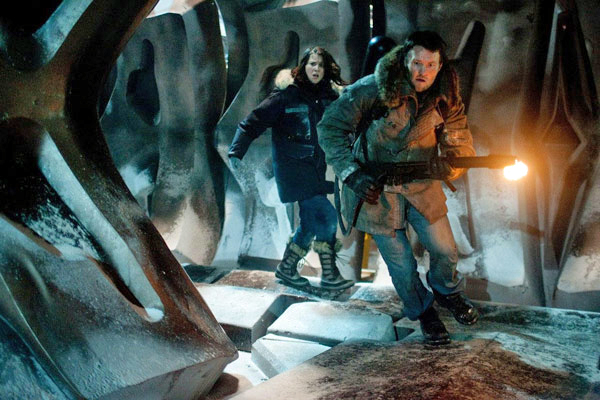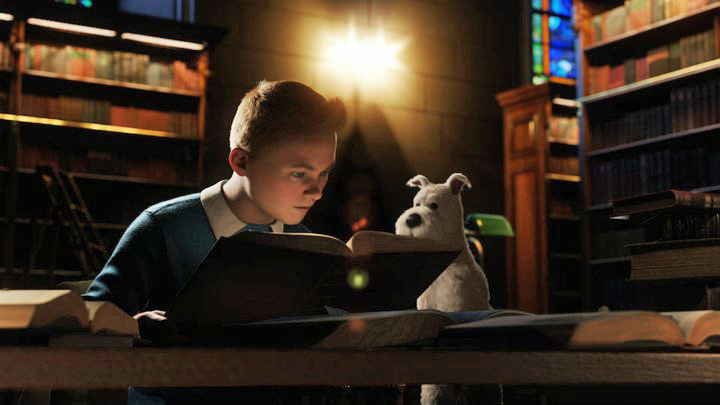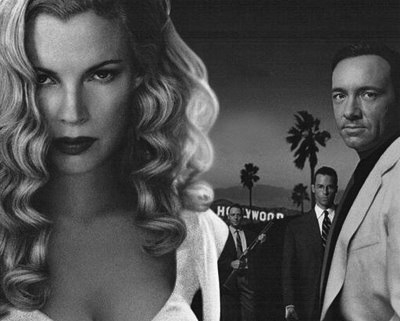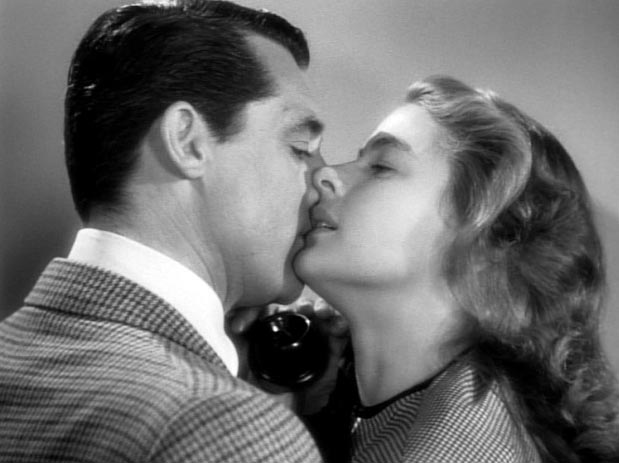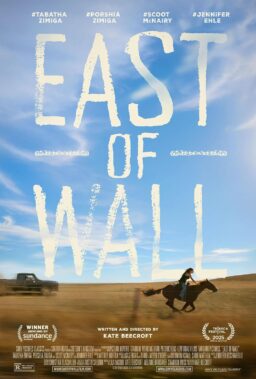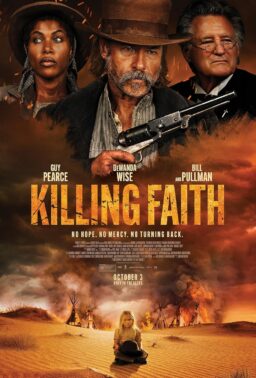Q. When I saw Larry Clark‘s “Another Day In Paradise” in the theater I felt it was a good movie with great acting, but Natasha Gregson Wagner‘s character was underdeveloped. At the time I blamed the filmmakers. Now I’ve seen the director’s cut on DVD and found that a key scene with Wagner’s character had been cut out thanks to the MPA
A. Times like that make me wonder why I don’t just wait for DVDs and skip the theater completely, except that I love seeing movies in theaters. On the commentary track director Larry Clark says this film was reviewed at the same time that the MPAA found “Saving Private Ryan“‘s violence suitable for an R, suggesting some filmmakers get favorable treatment. Judging by the scenes that were cut compared with the intense pummeling I experienced when I saw “Saving Private Ryan,” I must agree. I realize the MPAA system will always be too subjective to ever be consistent and fair, but perhaps they should review films without knowing who the filmmakers are? (Robert Mason)
Q. Regarding the 7 1/2 floor in “Being John Malkovich:” The 7 1/2 floor couldn’t have been unique in the movie’s building. Here’s why. If a 7 1/2 floor is created between the 7th and 8th floors, then the 7th floor must also have been half-sized, which means there would have been two half-sized floors in that building. I promise I’ll get a life now. (Joni Abrams, Chicago)
A. Although your logic is persuasive at first glance, a moment’s thought reveals that just because floor 7 1/2 is half-sized does not mean floor 7 has to be half-sized also. The architect can make it any height he pleases. This is a subset of the rule in which many buildings have no 13th floor.
Q. Please keep up the crusade for film-on-film projection. I just heard from a friend who saw a digital projection of “Bicentennial Man,” and he said he saw tons of artifacts, including “mosaicing” on lateral movement. No surprise there, but how come we get industry “experts” coming out of exhibitor showings claiming that it’s just like film? The only people who can really judge are the cinematographers, no? Apart from us fans, I mean! (David Bordwell, professor of film, Univ. of Wisconsin, Madison)
A. I’m at the Sundance Film Festival, where a side-by-side comparison between digital projection and 16mm film (not even 35) inspired actual boos for digital. We’re told Hollywood needs to dump film and go to digital projection in order to save costs on prints and shipping. But Cynthia Swartz, a vp at Miramax, tells me that prints and shipping represent only two to three percent of a typical Hollywood film’s budget (marketing and ads can cost 25 percent). If Hollywood indeed plans to take film away from us and replace it with video to save money, here’s an interesting question: Will they pass the savings on to us in the form of lower ticket prices? (Sound of uncontrollable laughter.)
Q. I recently read in the new Guinness Book of Records about the longest movie ever, the 85-hour “Cure for Insomnia.” It sounded very strange–a 40,080 page poem, sex scenes and rock bands. Have you hard of it or seen it? Where can it be found? (Jamie Matwin, Thunder Bay, Ont.)
A. Harry Knowles of the Ain’t it Cool Web Site is an expert on cult films. He replies: “The only thing I could get out of all my sources for this rare-as-can-be film is that ‘I once heard that someone in Indiana had the only known 35mm print.’ Another said with absolute certainty, ‘it has never been available on video, laserdisc or DVD.’ To which I replied, ‘duh’!”
Q. I have been watching quite a few older Westerns such as Clint Eastwood‘s “The Good, the Bad and the Ugly” and am fuzzy on the term “spaghetti western.” Can you explain how movies attain this status? (Brian Nichols, Saginaw MI)
A. The term was coined to describe westerns supposedly made in Italy by Clint Eastwood and Sergio Leone, even though they were in fact filmed in Spain, were inspired by samurai movies, and would more accurately have been called “sushi westerns.” For fun, watch these four movies in a row: “Yojimbo,” “A Fistful of Dollars,” “Sanjuro” and “For a Few Dollars More.”
Q. In your review of “Titus,” you quote Harold Bloom, who says he is sure that Shakespeare intended his play to be parody. Bloom cites the scene where Titus asks his daughter Lavinia, who has had both her hands cut off, to carry his own severed hand in her teeth. Stanley Wells, editing Shakespeare for the Oxford University Press, could not believe his hero Shakespeare could write such a line. His edition prefers “Bear thou my hand, sweet wench, between thine arms.” (Susan Lake, Urbana)
A. That has the advantage of leaving her teeth free to carry one of her brothers’ heads.
Q. Why is it that whenever a film tops the two or three hour mark, critics and the public can’t handle it? Personally, when I am watching a picture that is fresh and alive, with characters that command my attention and interest, it seems natural for me to WANT to see more, not less. From my work in retail at a video store, I have observed that people would rather rent two bad two-hour films rather than watch a good three hour picture. What’s the deal here? (Paul West, Seattle, WA)
A. My rule: No good movie is too long. No bad movie is short enough. Since theaters don’t increase ticket prices for longer movies, I think of them as the cinematic equivalent of the shampoo bottles with “30% more!”

